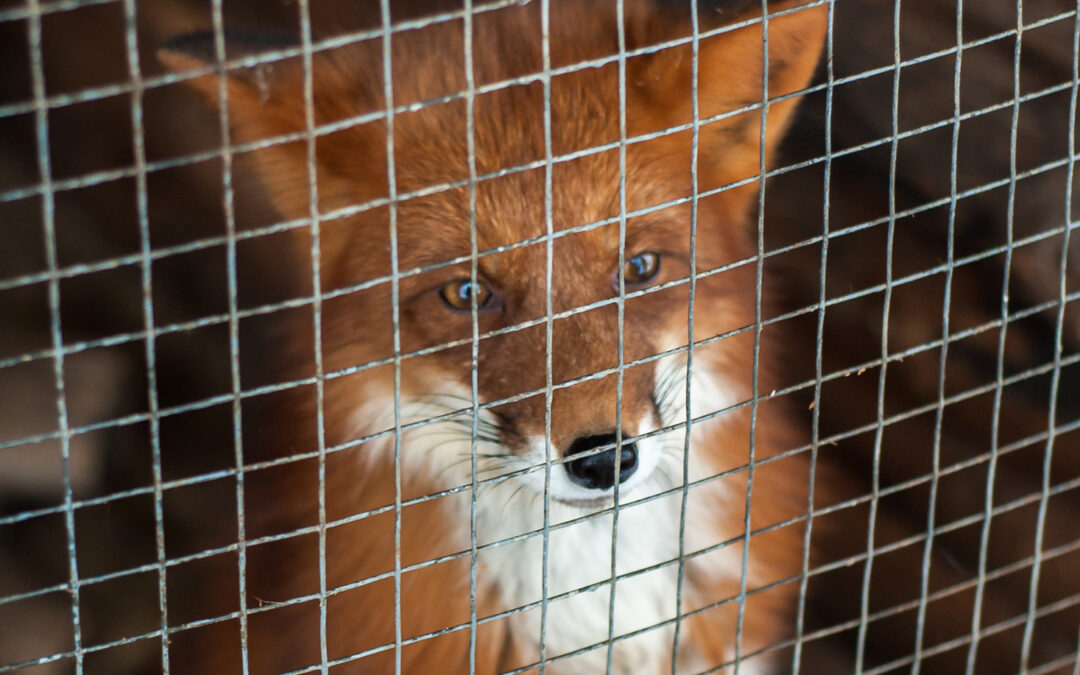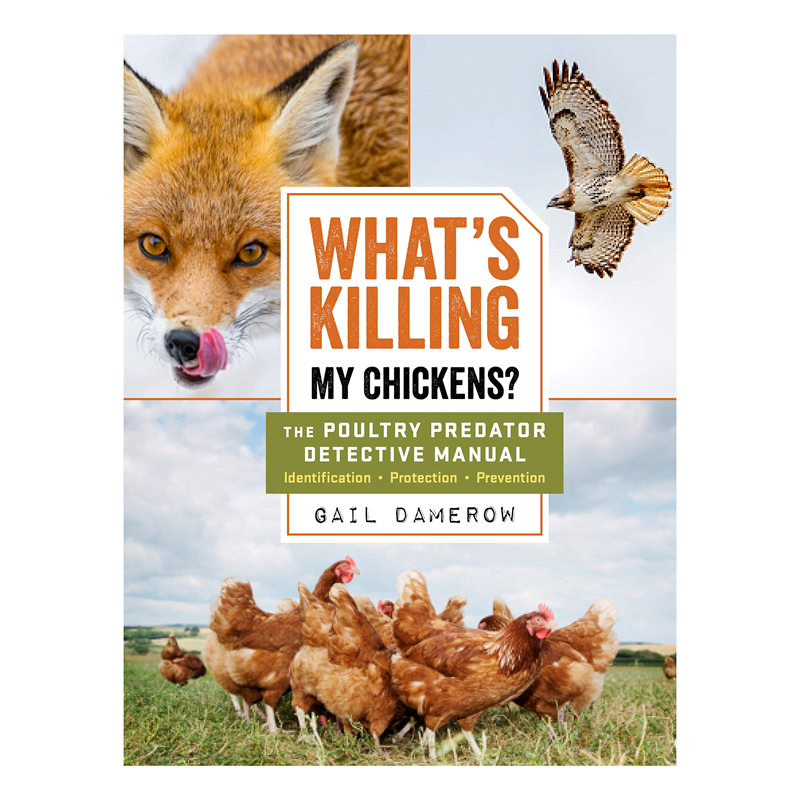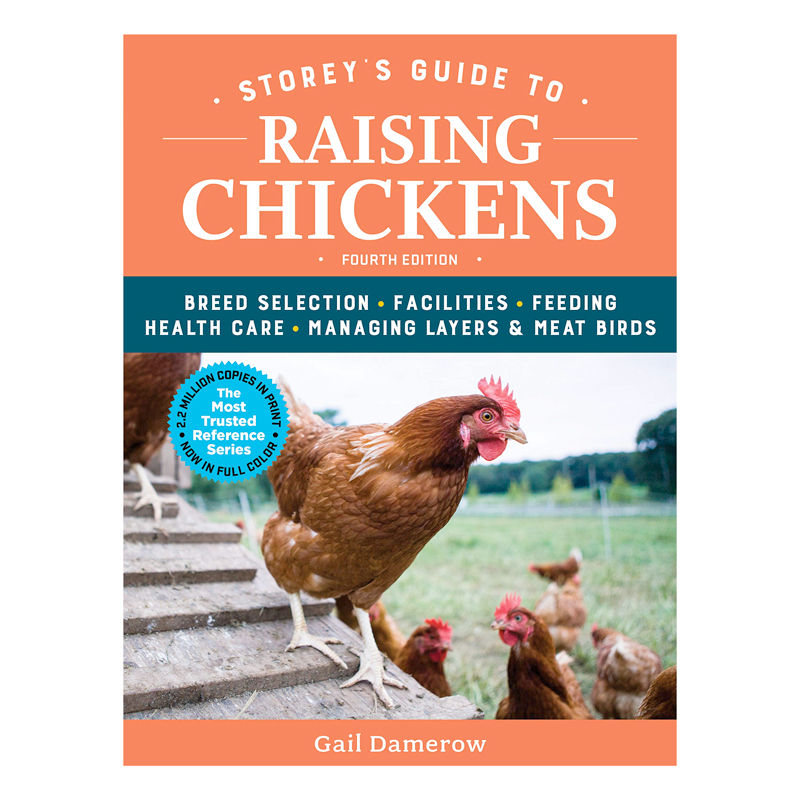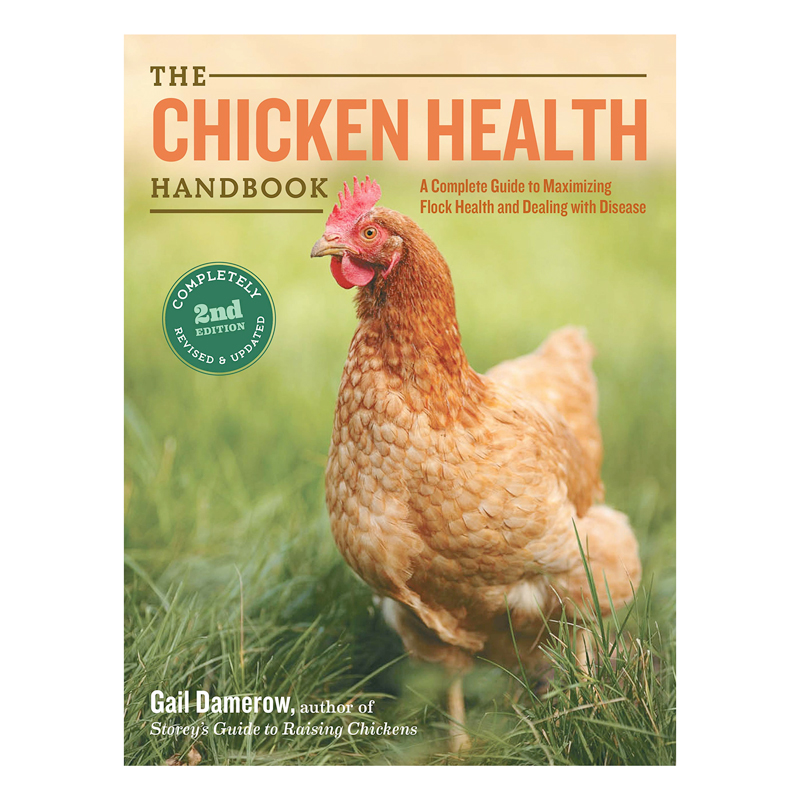What kind of predators attack poultry?
“Any wildlife that eats meat relishes poultry, starting with rodents and working up to larger animals like bobcats and coyotes. Some of the most persistent ones are foxes, raccoons, and weasels. On our farm we have to watch out for raccoons and bobcats,” states Ms. Damerow.
“However, not all predators have four legs. Many of them fly down into the yard. The two most notorious ones are hawks and owls. Our farm is in the middle of a forest, so we see plenty of aerial predators as well.”
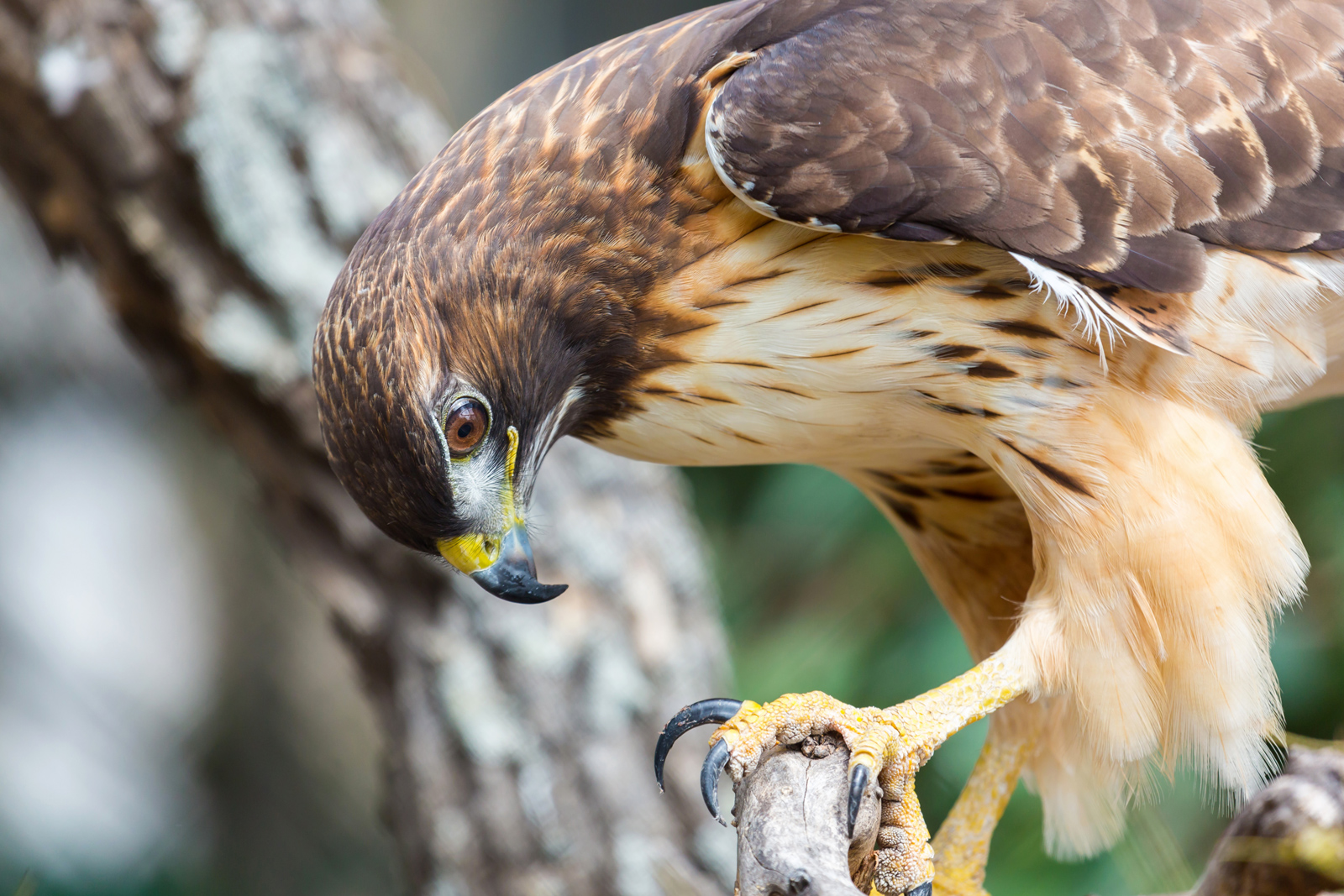
What’s the best way to deter predators?
“The details depend, of course, on the type of predator you’re dealing with. In general, you want to make your poultry hard to get, which basically means keeping them in and keeping predators out. Since a lot of predators prowl after dark, one way to make poultry hard to get is to lock them indoors at night. During the daytime, a sound fence enclosing the yard will often deter most predators,” she advises.
What kind of fence is best?
“First, let me tell you the worst kind: Any fence made of chicken wire. That’s a lightweight fence many predators can easily chew through or tear apart. Chicken wire will keep chickens in, but it won’t keep predators out. At least not for long.
“One of the best fences for poultry is a small-mesh woven wire field fence. Depending on who’s selling it, it’s also known as yard fencing, lawn and garden fencing, small stock fencing, goat and sheep fencing, kennel fencing, and sometimes even poultry fencing. Typical mesh size for poultry is either 2 inches square or 2 inches wide by 4 inches high,” Ms. Damerow explains.
“An overall height of 4 feet is typically enough to keep most poultry in. Higher is better for lightweight breeds that fly. A taller fence is also necessary to keep out predators like raccoons, bobcats, and coyotes that can easily scale a 4-foot fence.
“If you cover the top of the yard to keep out flying predators, the cover must be strong enough to support the weight of raccoons and other critters that climb. A fence is only as secure as its gates, so take care to eliminate gaps, both underneath each gate and where each gate meets the gate posts.
“To deter digging predators, an apron fence works well. It consists of wire mesh at least 12 inches wide, securely attached at a right angle around the outside bottom of the fence. Diggers normally start at the base of a fence. They don’t think to back off 12 inches to dig under the apron.
“A good fence will eliminate points of entry into the poultry yard. But in case a predator does manage to get into the yard, you also have to eliminate points of entry into the coop,” she warns.
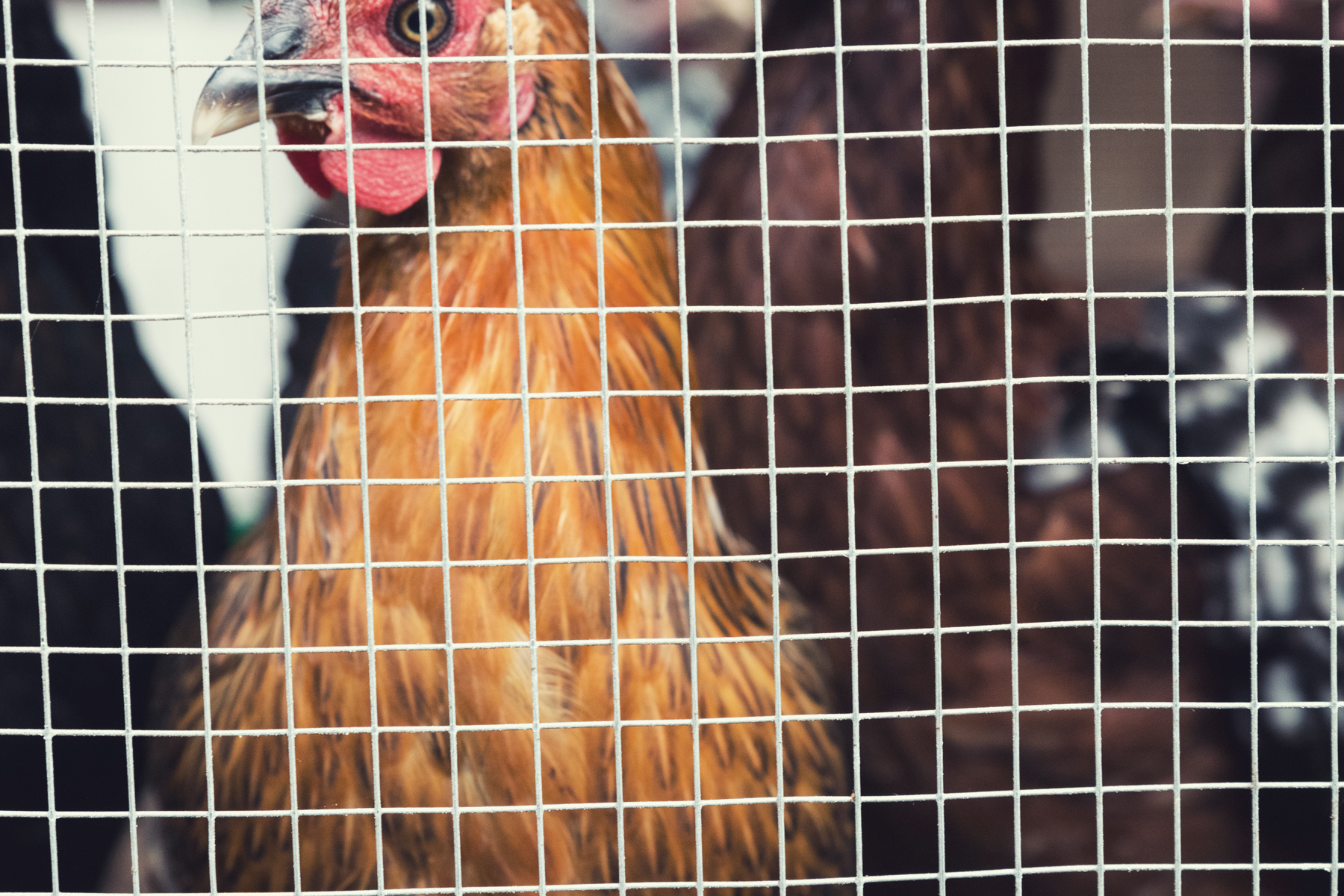
What are points of entry and how are they eliminated?
“Windows and ventilation openings are prime points of entry. They easily can be secured with 1⁄2-inch hardware cloth to keep out predators. The coop floor is another common point of entry. A solid floor is a better deterrent than a dirt floor. If the coop is built directly on soil, diggers can be deterred by lining the bottom with hardware cloth and securely attaching it to the coop walls all around.
“Some clever predators, such as raccoons and bears, gain entry by opening a window or a door. As a deterrent on our farm, all our coop windows and doors, as well as gates, are secured with double-action latches. To open a double-action latch requires two different motions, such as lifting and pulling. An example is a slide bolt latch.”
What about things like flashing lights or fake owls?
“Some of those things work to a certain degree. Flashing LED lights have worked on our farm, but you have to know what kind of predator you’re dealing with to correctly position the lights. You also have to make sure the lights keep working, as some need a periodic battery change. Others are solar and need to get enough sunlight to keep operating
“Another thing we have on our farm is security lights on all night. Big cats, like bobcats and cougars, especially don’t like to prowl where lights are on,” says Ms. Damerow.
“We also use wind catchers that flutter in a breeze to discourage flying predators. The problem with them is that they break loose and blow away in really windy weather, so they require constant replacement.
“Fake owls, scarecrows, and the like work only as long as they’re a novelty. Most predators are smart enough to soon ignore something that never moves. So, unless those things are moved around, and occasionally altered in appearance, they won’t work for long,” she cautions.
How about noise makers?
Things that make noise, such as motion-sensitive sirens or a radio left on all night, can work. Unfortunately, they also disturb the chickens’ sleep, and maybe that of nearby neighbors.
What about trapping?
“Trapping is a terrible idea for many reasons. For starters, it may not be legal, depending on the location, type of trap, and type of predator you are dealing with. Killing a predator doesn’t solve the problem. Before long another predator will take over the territory. Relocating a predator also doesn’t solve the problem. More often than not, the predator will return to its home territory. And even if it doesn’t, another predator will soon take its place.
“When we humans choose to confine poultry to suit our own purposes, we take upon ourselves the responsibility for keeping them safe. I’m a firm believer that any predator attack is not the fault of the predator. It’s the fault of the poultry keeper. And I learned that from personal experience.”

Gail Damerow’s headshot by The Chicken Chick, Kathy Shea Mormino.
What’s Killing My Chickens, by best-selling author and poultry expert Gail Damerow, takes a unique and logical approach to teaching chicken and poultry owners how to correctly identify the source of predator attacks and adopt effective strategies for keeping their flock safe.

